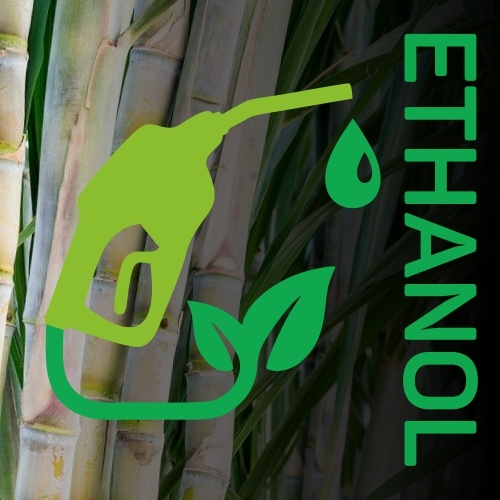Editorial. Grain-based ethanol blending needs a complete rethink

After setting an ambitious target for achieving 20 per cent ethanol blending in fuel by 2025, the Centre is now scrambling to arrange feedstock , particularly of foodgrains. After supplying 13 lakh tonnes of rice to ethanol-makers between December 2022 and June 2023, the Food Corporation of India (FCI) has halted fresh supplies from July to conserve stocks. Though FCI had 243 lakh tonnes rice stock in August 2023 against the buffer norm of 135 lakh tonnes, annual offtake of rice under food security schemes is now about 350 lakh tonnes.
While the kharif crop normally bolsters inventories, this year, a patchy South-West monsoon has created doubts about paddy output as well as FCI’s ability to replenish its buffers. As FCI had stopped the sale of rice to State governments this June citing the need to maintain adequate stocks for the public distribution system, it seems only fair that supplies for ethanol be paused too. The Centre seems to be mulling whether maize can be used to feed ethanol distilleries. But what is really needed is a rethink on the grain-based ethanol blending programme in its entirety.
The idea of grain-based ethanol blending was laid down in a NITI Aayog expert committee report in 2021. To meet a 20 per cent petrol blending target, it calculated that India would need 1,016 crore litres of ethanol. As the sugar industry would be able to churn out only 684 crore litres a year, using alternatives such as damaged foodgrains, crop residue, maize and surplus rice with FCI, all requiring 165 lakh tonnes of grains, was suggested. With damaged grain availability pegged at just 40 lakh tonnes, the projection leaned heavily on diversion of ‘surplus’ rice stocks lying with FCI. But the optimistic assumption that FCI would carry a surplus rice stock of 309 lakh tonnes annually, does not seem to have factored in contingencies such as a poor monsoon trimming FCI purchases or higher supplies to welfare schemes. The surplus rice route to ethanol is also propped up through double-sided state subsidy to private distilleries. To support this programme, FCI supplies rice to ethanol-makers at a discounted price of ₹20/kg, incurring a loss both against its open market sale price (₹30/kg) and the cost of procurement and storage (₹39/kg). Oil marketing companies chip in by lifting this ethanol at a government-mandated price. Given the malnutrition and poverty at the population level, it is difficult to find either moral or economic justification for such policy contortions to accommodate ethanol blending targets.
Rather than pivoting to maize or any other food crop, the Centre should look to ramp up the 2G route that uses food waste and crop residue to produce ethanol. If feedstock from such sources proves limited, blending targets should be lowered. With erratic weather patterns now forcing nations worldwide to secure their food supplies, India too needs to prioritise food security over green fuel.
















